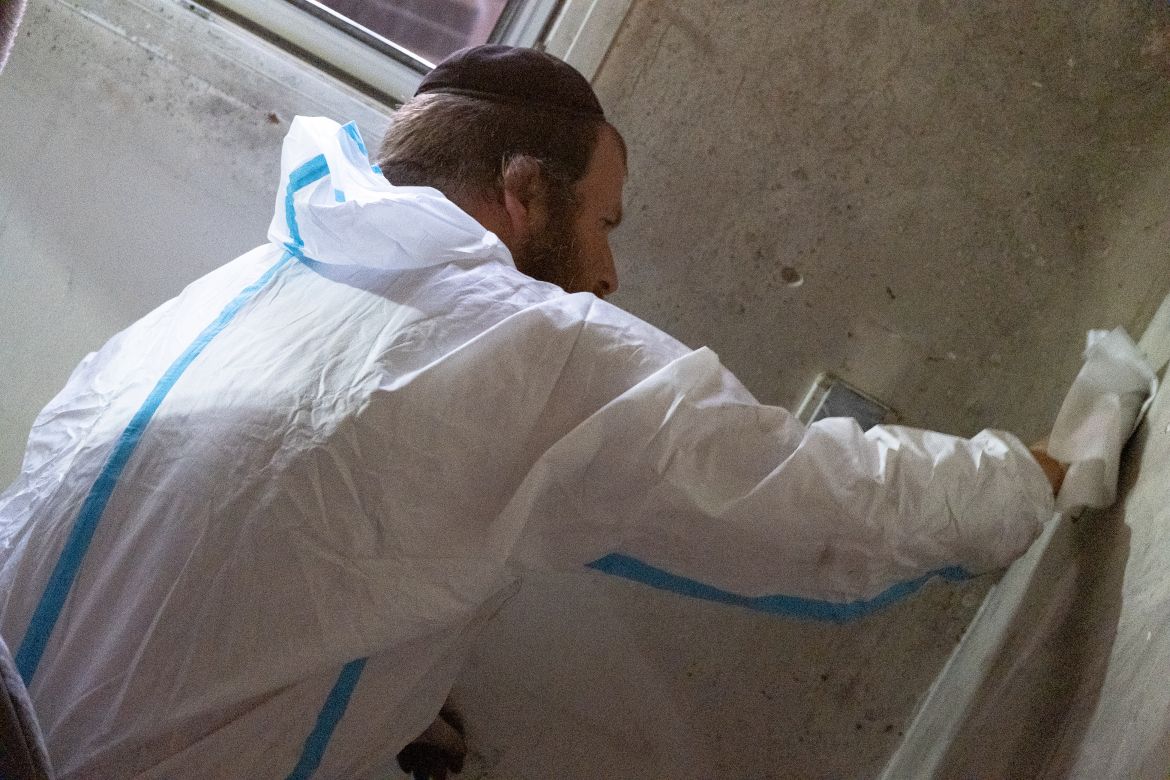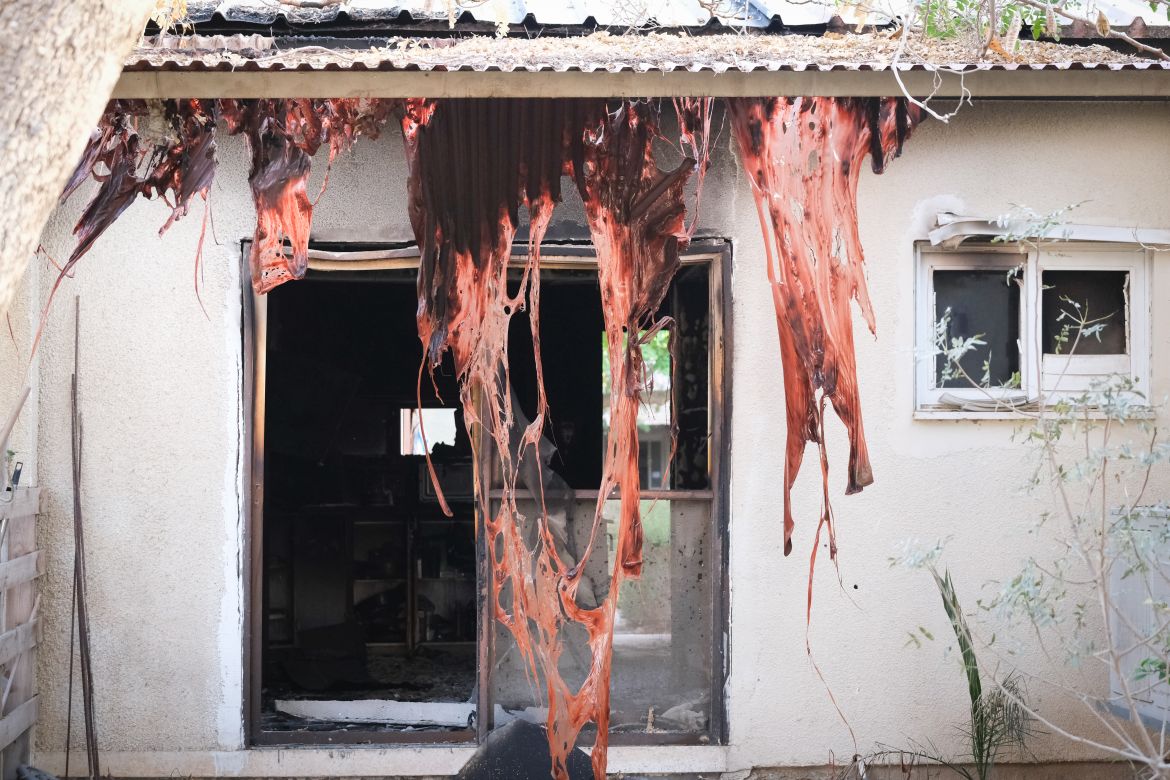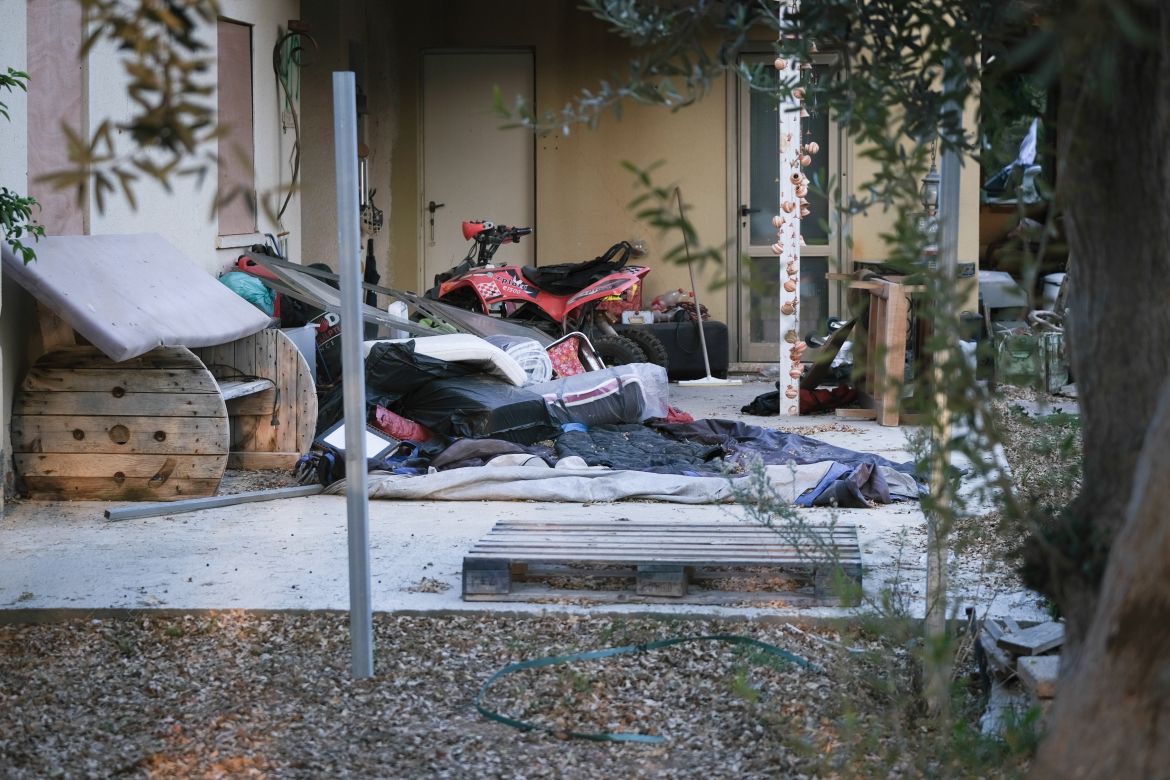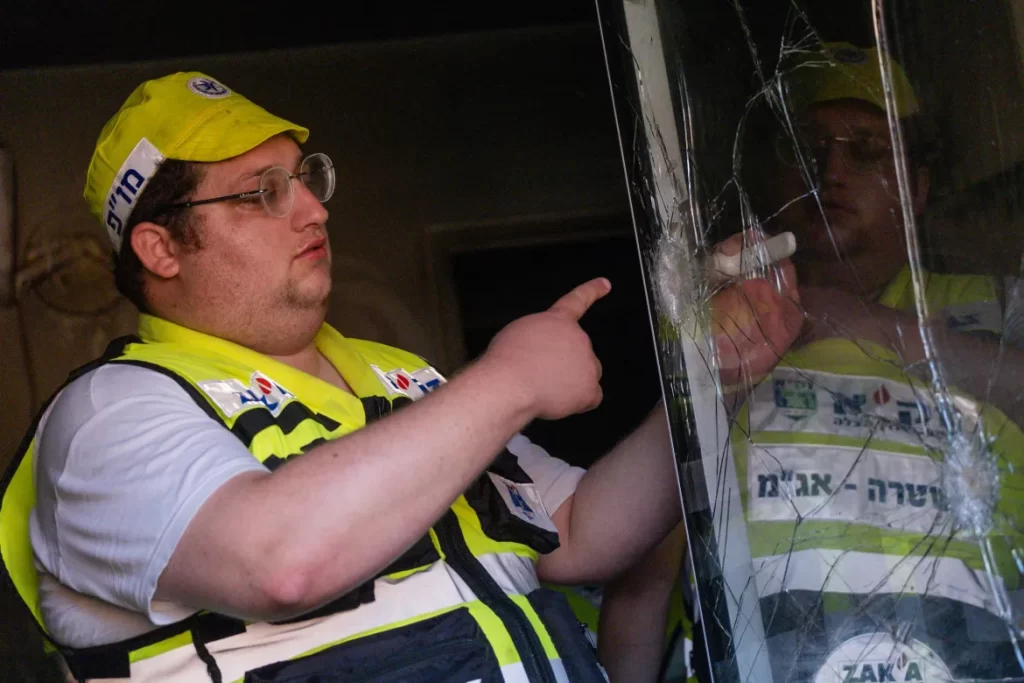
Al Jazeera visited Holit, a kibbutz near Gaza which was attacked by Hamas fighters on October 7.
In the early morning of October 7, fighters affiliated with the armed wing of Hamas broke out of the Gaza Strip and launched a surprise attack on southern Israel.
At a small kibbutz, just 2km (1.2 miles) from Gaza, a community of about 200 people woke to blaring air raid sirens before Hamas fighters stormed the houses, killing 13 people in the process.
Weeks later, teams of trained volunteer paramedics are helping to analyse and clean the charred remains of the kibbutz.
Al Jazeera spoke to Simcha Greinerman, part of the ZAKA International Rescue Unit, who was one of the first people to enter the kibbutz after the attack. “It is something you could not imagine,” he said.
He recalls trying to pick up the body of an individual who had burned to death in a car, “Everything was burned to ashes. We touched the body, and everything crumbled.”
He said what he saw when he entered the kibbutz was something “you can’t believe that a human being could do”, his voice quivering with emotion, “you could rip your heart out and say what happened over here; we can’t understand what happened over here.”
According to Israeli officials, at least 1,400 people were killed in the attacks on southern Israel on October 7, many of them civilians, including children.
Some of the bodies have still not been identified and are being stored at the Shura military base in central Israel, where there are several refrigerated containers containing hundreds of bodies.
Eytan Schwartz, a spokesperson for the prime minister’s office, told Al Jazeera that one of the main factors behind the delay in identification is that many bodies were burned too badly. He added that the Israeli authorities could match dental and DNA records to national records but have found it more difficult to identify foreign nationals.
Al Jazeera was invited to visit Holit by the government press office, which has organised regular media tours for journalists covering the aftermath of the attack on October 7.
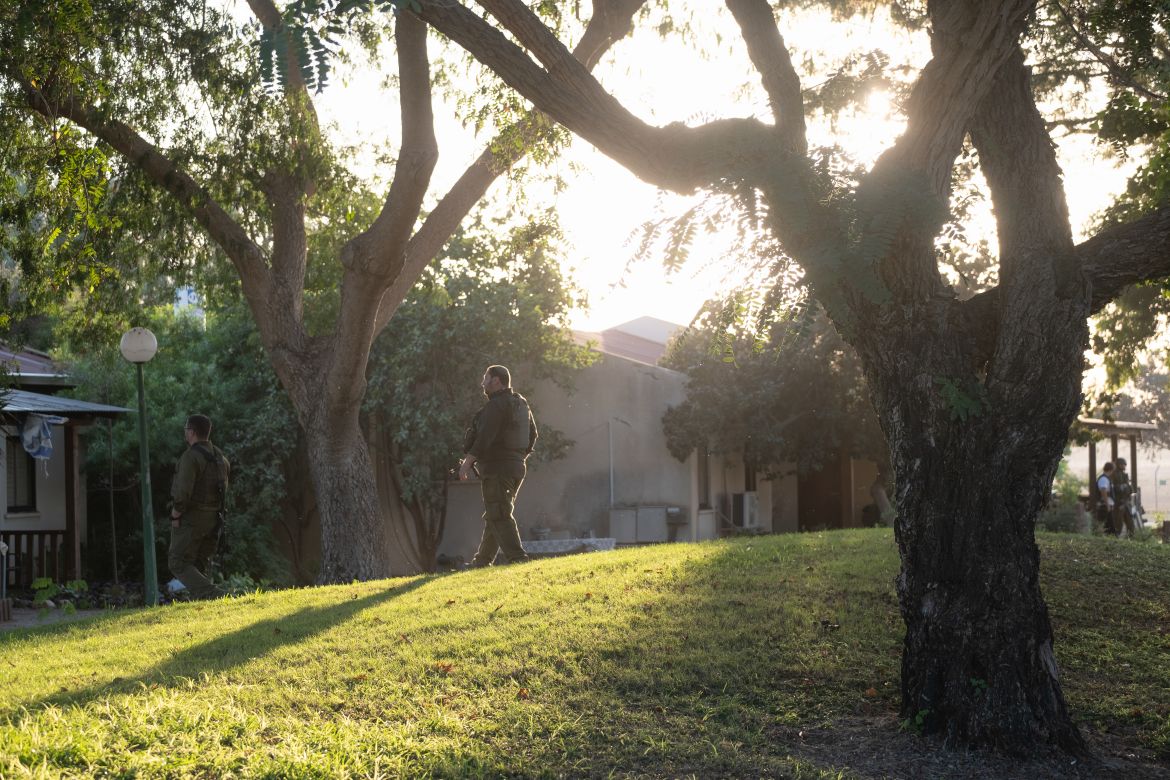
Advertisement
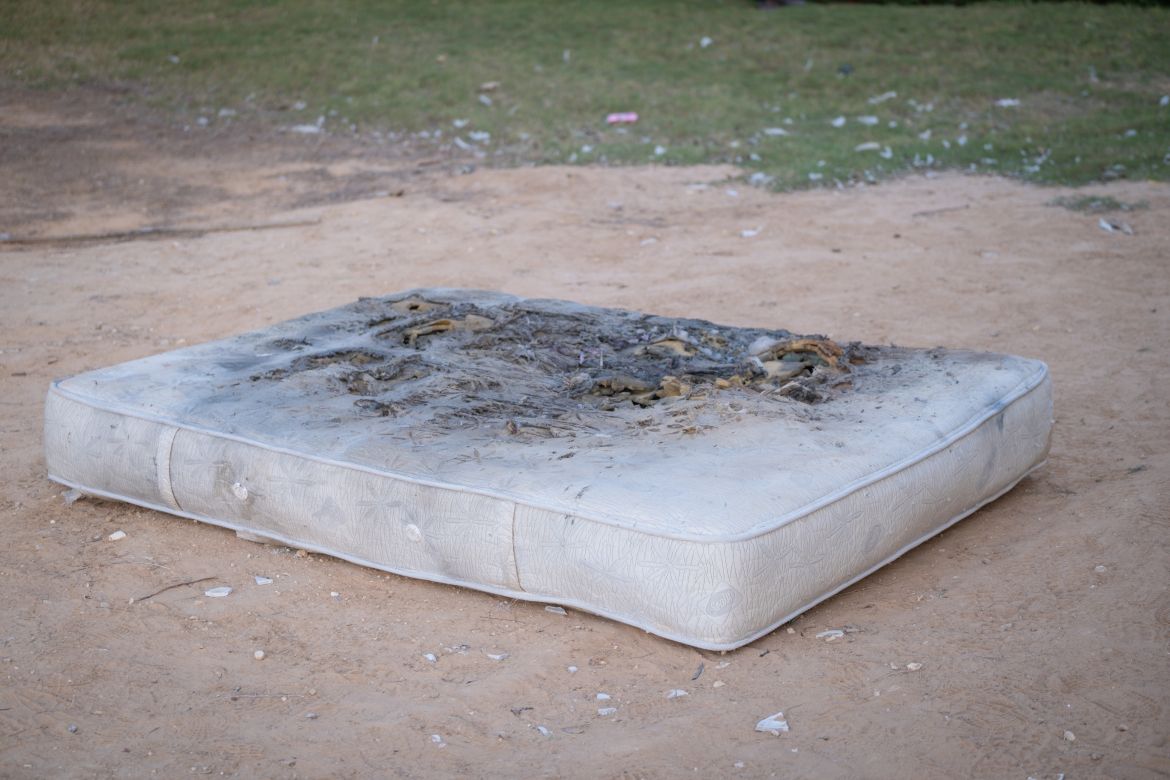
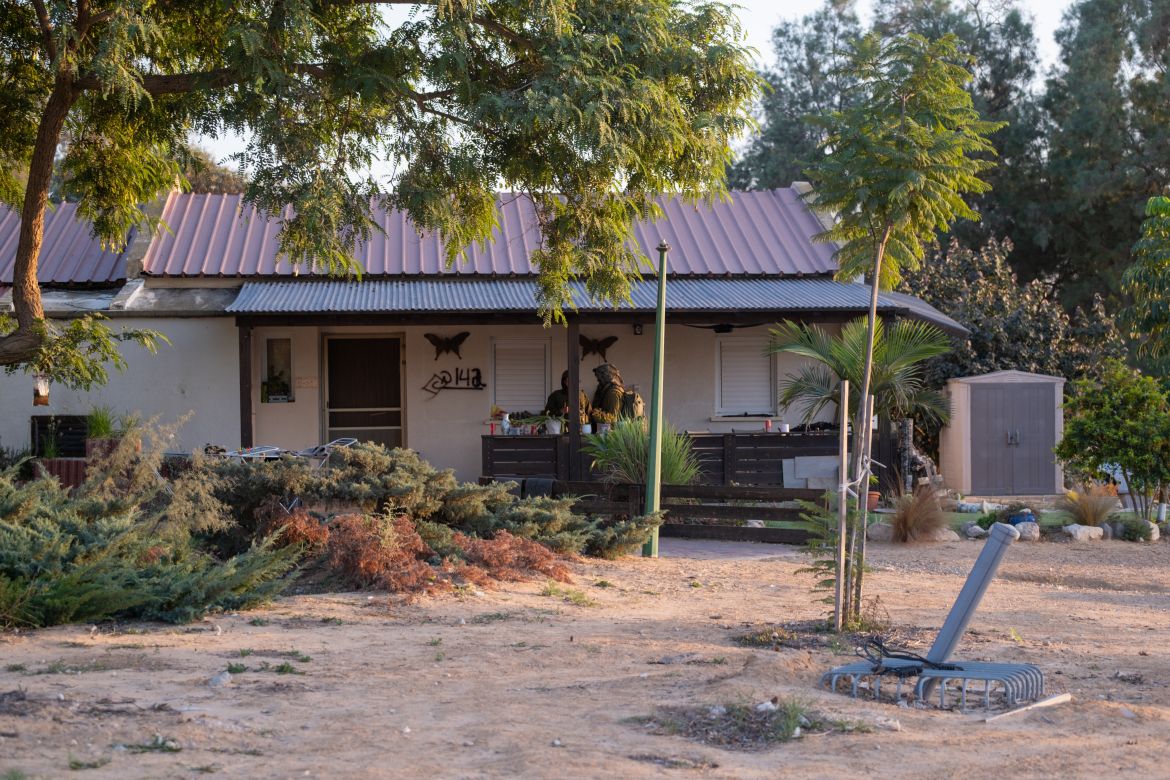
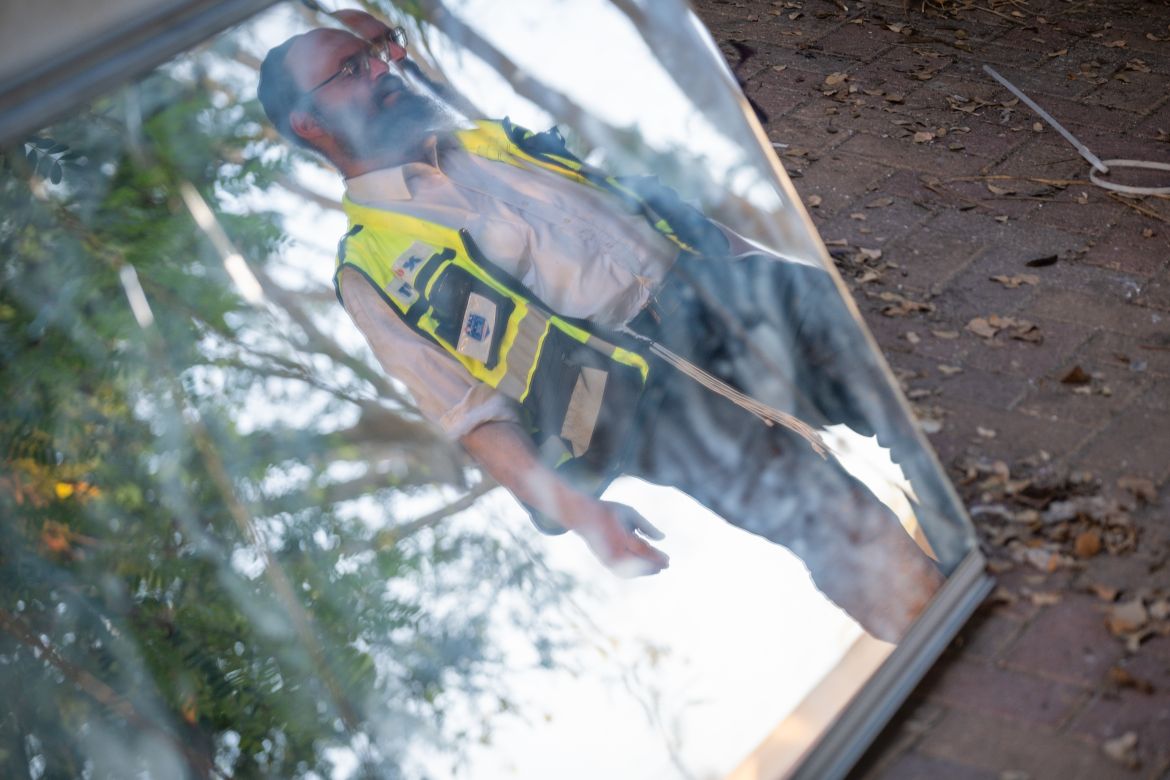
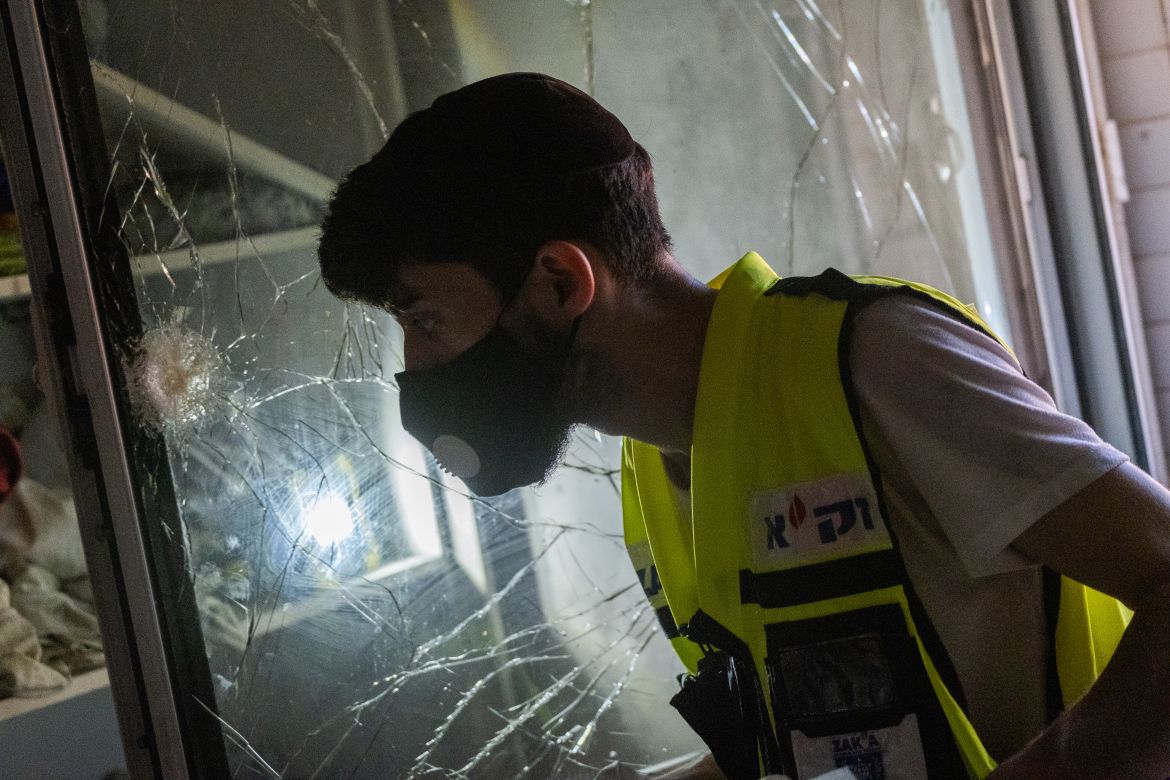

Advertisement
